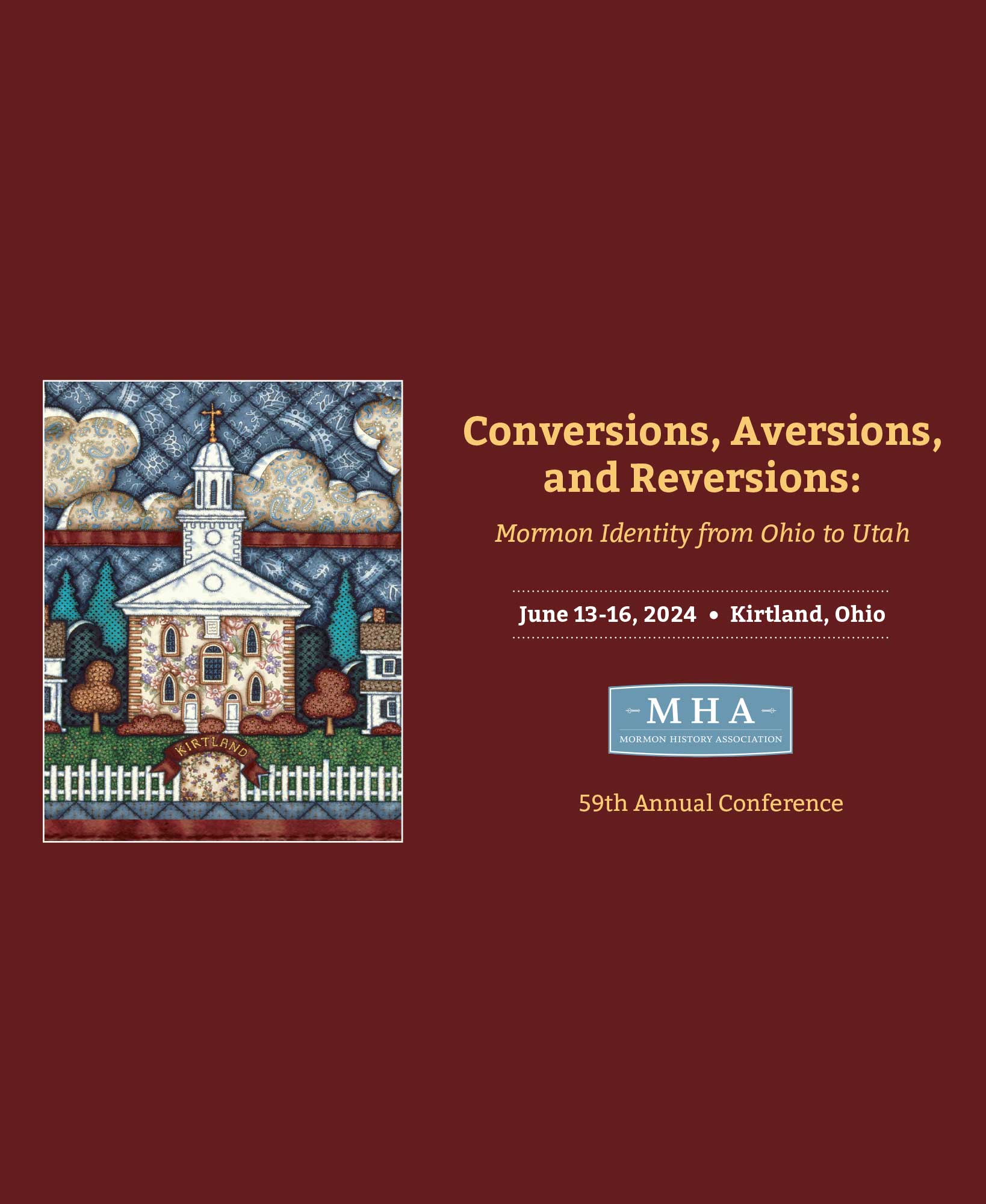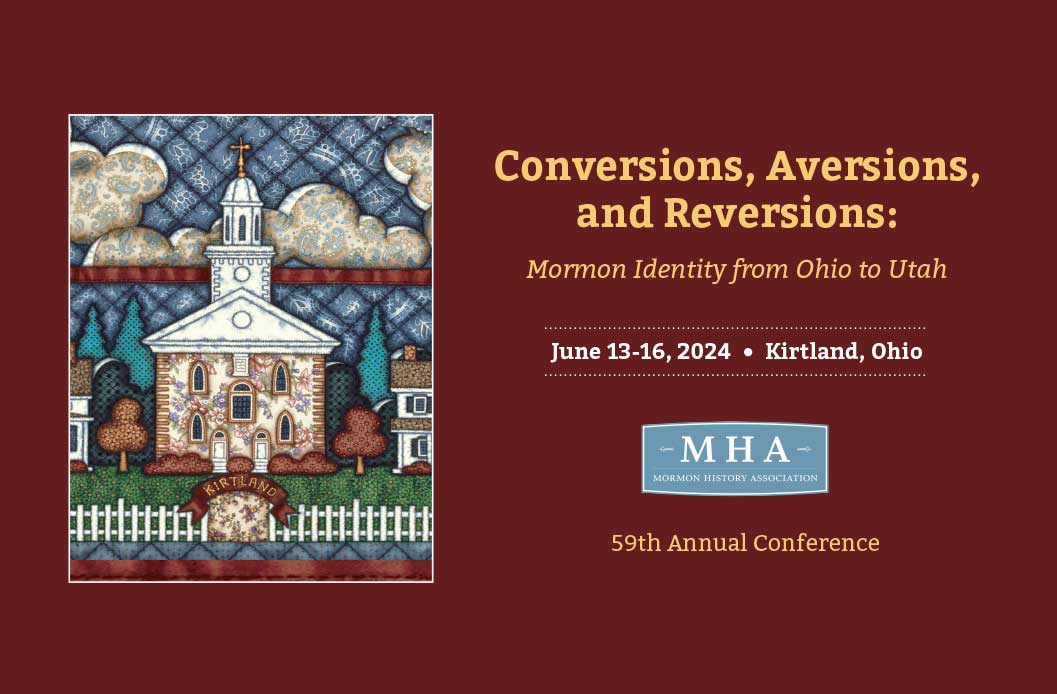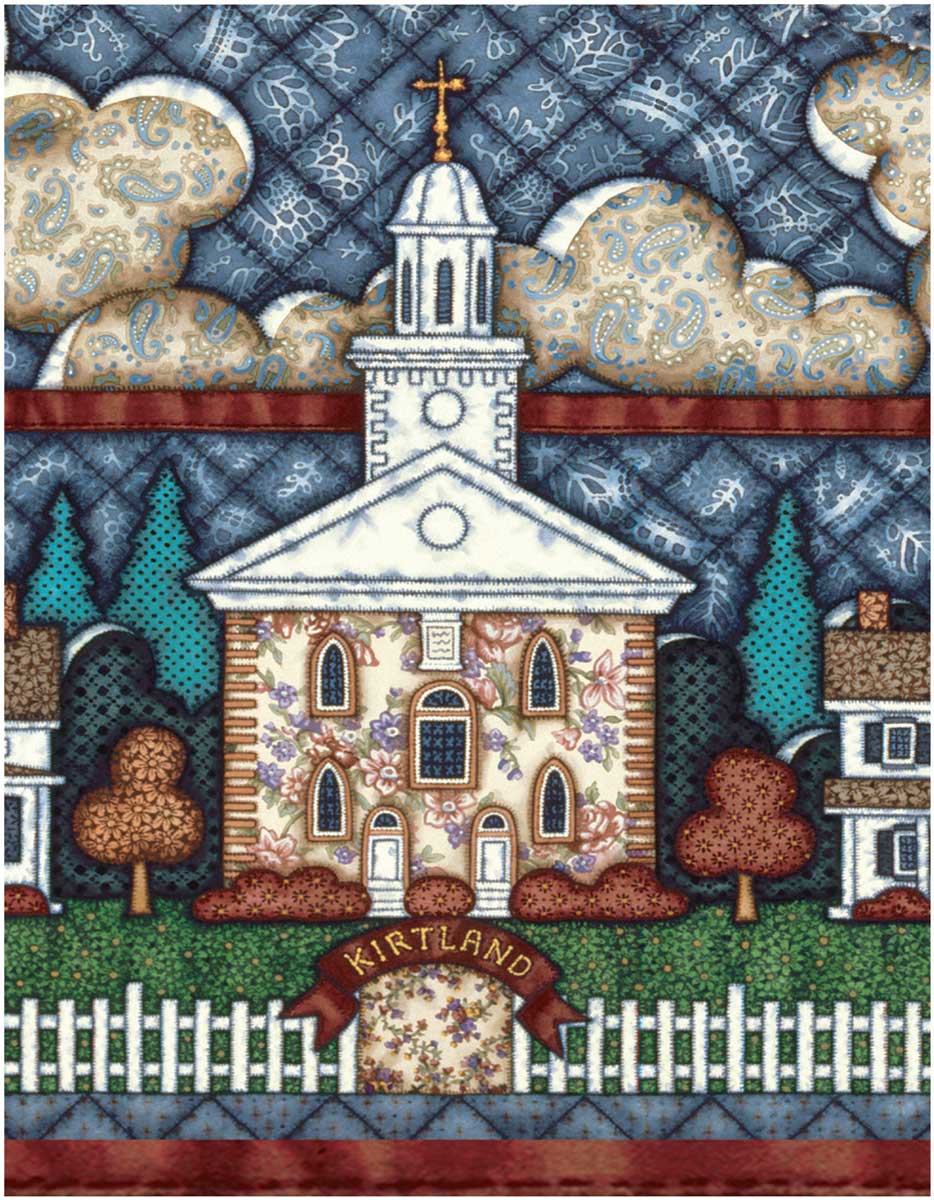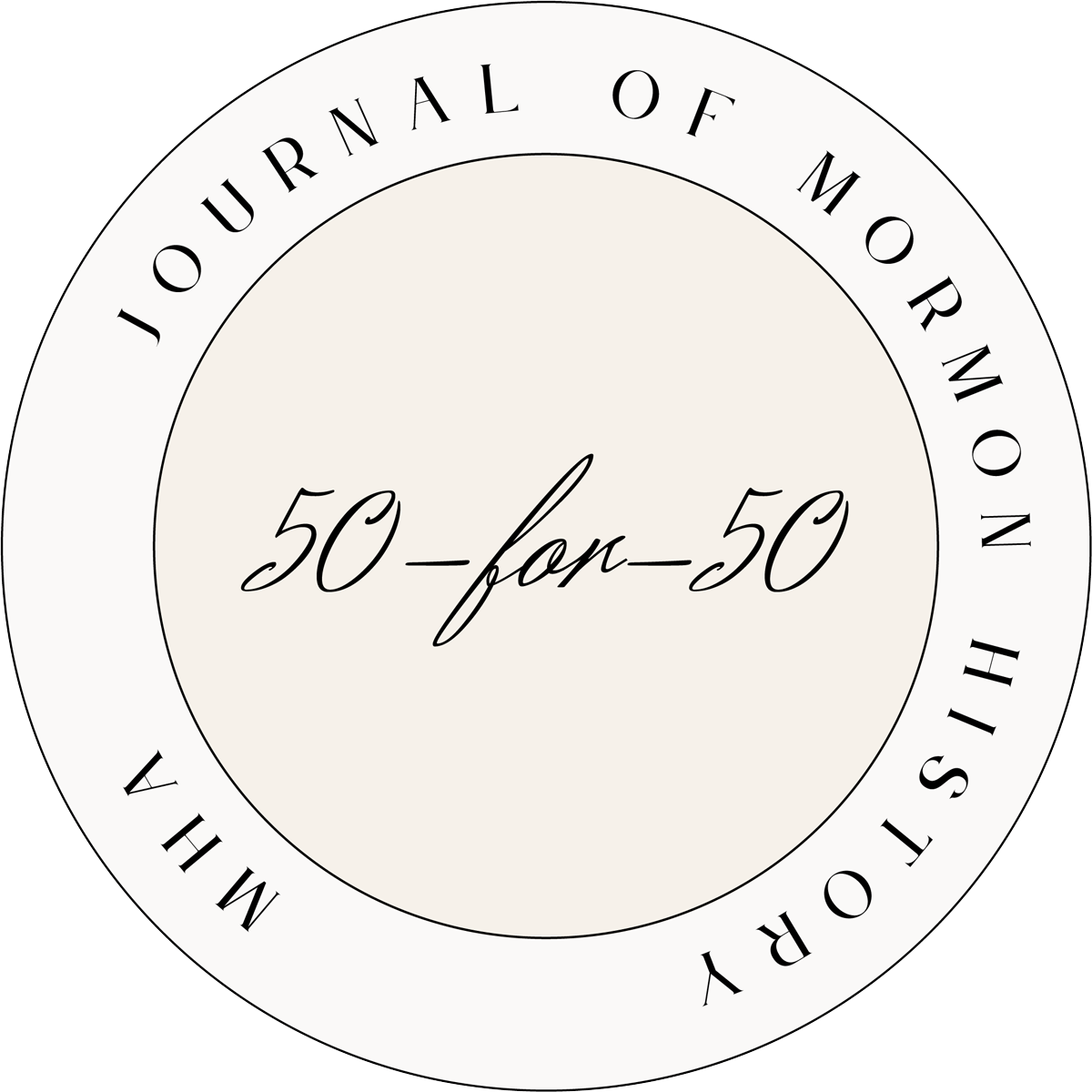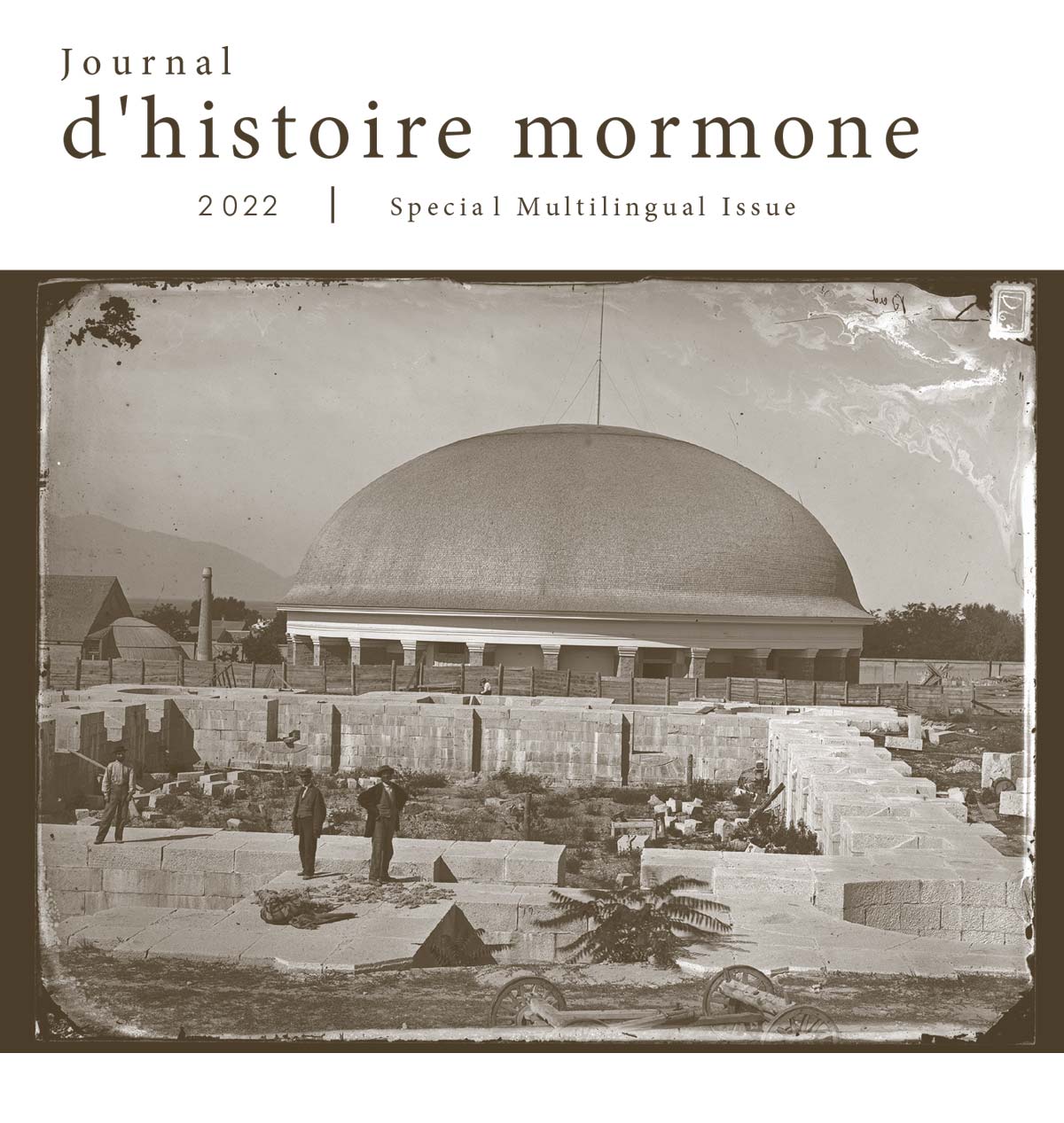The Mormon History Association (MHA) is an independent, nonprofit organization dedicated to the study and understanding of all aspects of Mormon history. We welcome all who are interested in the Mormon past, irrespective of religious affiliation, academic training, or world location. We promote our goals through scholarly research, conferences, awards, and publications. MHA was founded in December 1965 at the American Historical Association (AHA) meeting in San Francisco under the leadership of noted historian Leonard J. Arrington. MHA was organized to promote understanding, scholarly research, and publication in the field of Mormon history. For the first seven years, until 1972, it operated as an affiliate of the AHA. In 1972 it became an independent organization with its own annual conferences and publications. The Journal of Mormon History, the official publication of the association, began publication in 1974. The Mormon History Association is an affiliate member of the American Historical Association and a member of the Western History Association.

